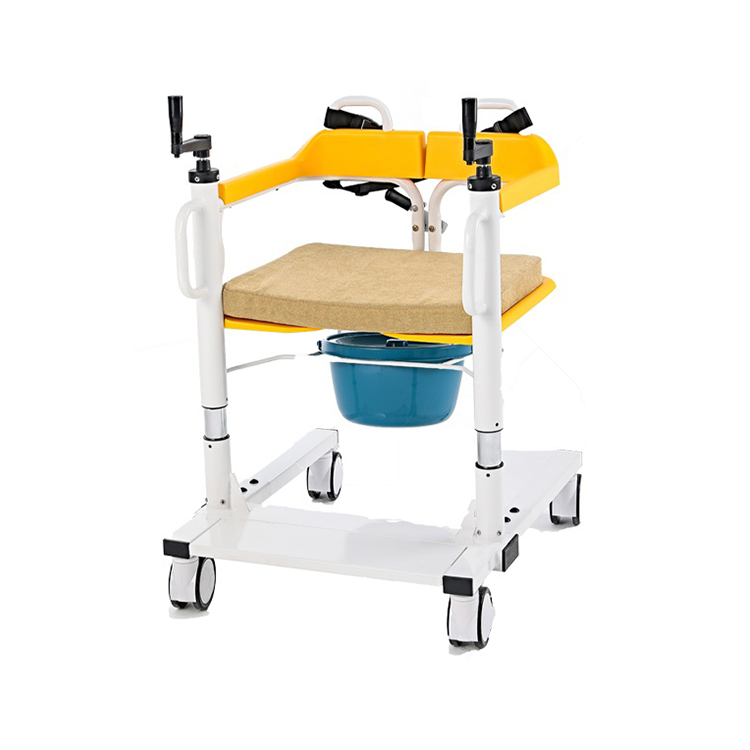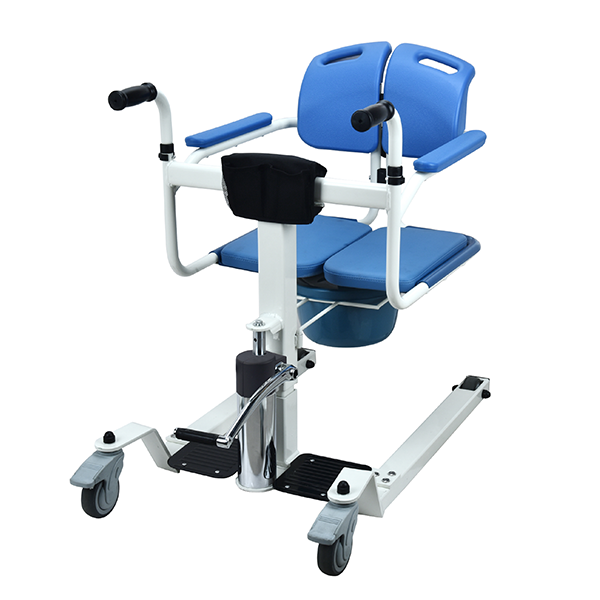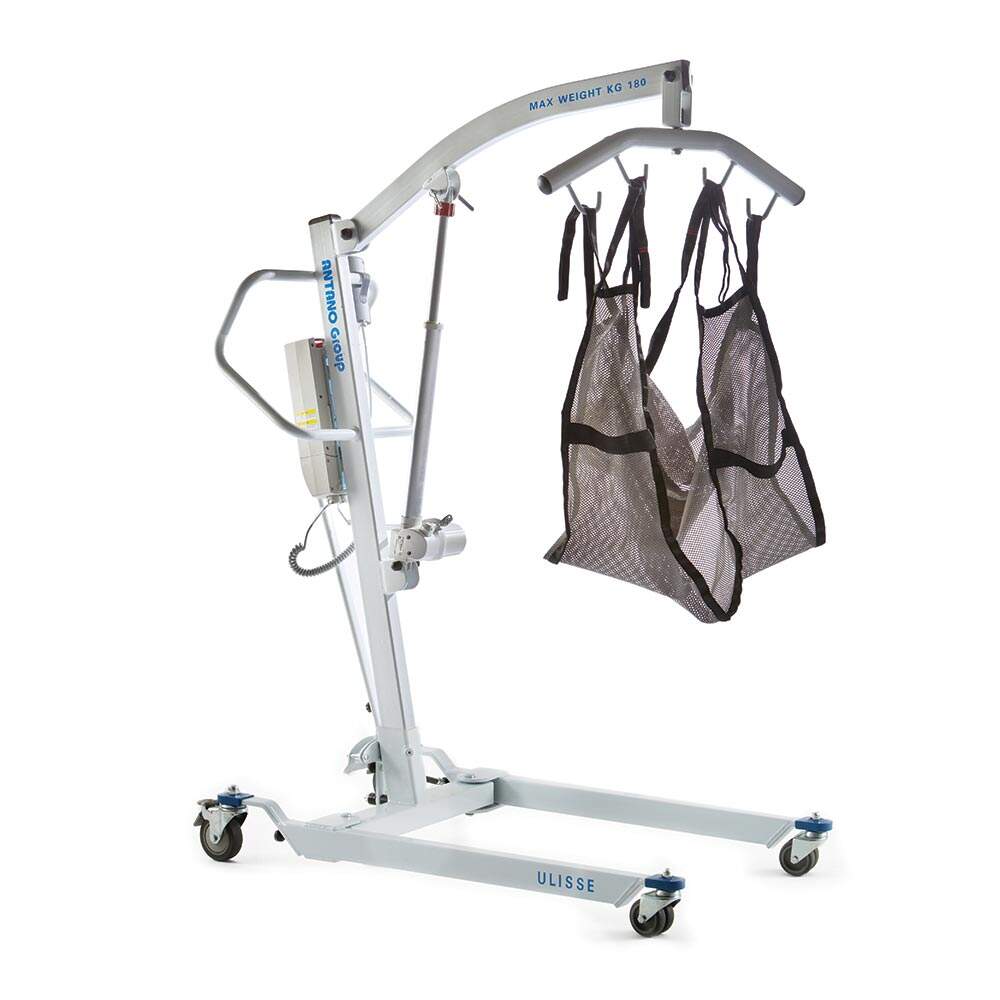Manual vs. Hydraulic vs. Electric Patient Lifts: A Comprehensive Comparison for Healthcare Providers
Patient lifts play a crucial role in ensuring the safety and comfort of patients with limited mobility while also reducing the physical strain on caregivers. Among the variety of patient lifts available in the market, manual double-crank lifts, hydraulic lifts, and electric lifts are the most commonly used types. Each type has its unique features, advantages, and ideal use scenarios. In this article, we will explore and compare these three types of patient lifts to help healthcare providers make informed decisions.
1.Manual Double-Crank Patient Lifts

Manual double-crank patient lifts are operated by turning two hand cranks—one for raising/lowering the patient and another for adjusting the horizontal position. They do not require any power source, which makes them reliable in any setting.
• Advantages:
• No dependency on electricity or batteries
• Generally lower cost and simpler maintenance
• Lightweight and easy to transport
• Limitations:
• Requires physical effort from the caregiver
• May be less suitable for patients with heavier weight
• Operation can be slower compared to powered lifts

Hydraulic lifts use a hydraulic pump system, typically operated by a hand lever, to raise and lower patients. The pump creates pressure to smoothly lift the patient.
• Advantages:
• Moderate cost with fewer mechanical parts
• Smooth lifting action with less caregiver effort than manual cranks
• Reliable and durable construction
• Limitations:
• Requires regular maintenance of the hydraulic system
• Still requires some physical effort from caregivers
• May be heavier and less portable

Electric lifts are powered by rechargeable batteries or direct electricity and use motors for all lifting and lowering operations, often controlled by a handheld remote.
• Advantages:
• Minimal physical effort required from caregivers
• Fast and smooth lifting/lowering
• Often equipped with advanced safety features such as emergency stop
• Limitations:
• Higher initial cost and maintenance expenses
• Dependence on battery charge or power supply
• Heavier and sometimes bulkier
Comparison Summary
| Feature | Manual Double-Crank | Hydraulic | Electric |
|---|---|---|---|
| Physical Effort | High | Moderate | Low |
| Cost | Low | Moderate | High |
| Maintenance | Low | Moderate | Higher |
| Portability | High | Moderate | Low |
| Speed of Operation | Slower | Moderate | Fast |
| Dependence on Power | None | None | Battery/Electricity |
Choosing the Right Patient Lift
The best patient lift choice depends on your specific environment, budget, and patient needs. Manual double-crank lifts suit smaller facilities with limited budgets or where power supply is an issue. Hydraulic lifts balance cost and caregiver effort, ideal for medium-sized healthcare settings. Electric lifts provide the highest convenience and safety but require higher investment and infrastructure.
Conclusion
All three types of patient lifts — manual double-crank, hydraulic, and electric — offer valuable solutions for patient mobility and caregiver assistance. Understanding their differences and strengths helps healthcare providers select the best fit to improve safety, comfort, and operational efficiency.